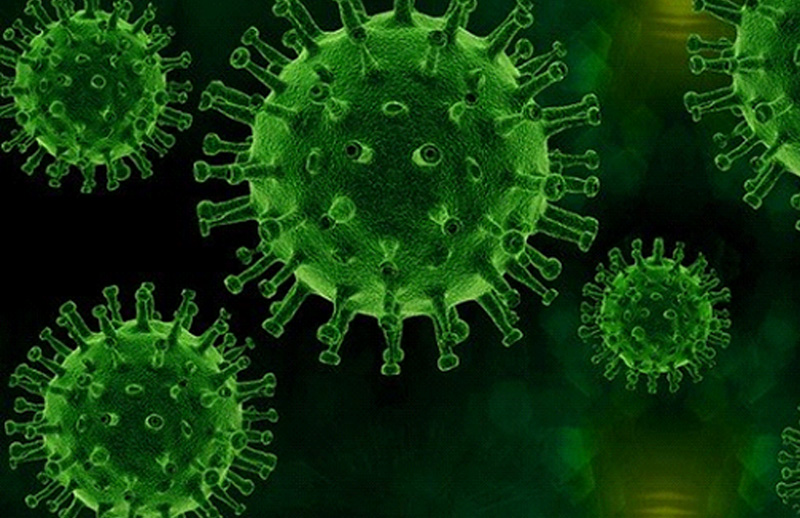As the new mutant of Coronavirus ( OMICRON ) pandemic continues to spread, it is important to keep ourselves and those around us safe and healthy. That is why we stock up on hand sanitisers, face masks, gloves and disinfectants to prevent the spread of COVID-19. But as the virus continues to spread as time goes by, we are being reminded that not all products on the market are created equal. For instance, not all hand sanitisers are as effective as killing pathogens from your hands.
One misconception is that a higher percentage of alcohol concentration in disinfectants provides greater effectiveness in killing away germs and pathogens from the surfaces used.
99% Isopropyl alcohol is a pure isopropanol whereas 70% isopropyl alcohol is pure isopropanol diluted with 30 percent purified water by volume (CDC, 2020). 70% isopropyl alcohol kills organisms by denaturing their proteins and dissolving their lipids and is effective against most bacteria, fungi and many viruses, but is ineffective against bacterial spores (CDC, 2020).
As a disinfectant, the higher the concentration of alcohol, the less effective it is at killing pathogens. The Centers for Disease Control and Prevention (CDC) did research on disinfecting and sanitizing methods and published the Guideline for Disinfection and Sterilization in Healthcare Facilities.
Use of the more concentrated solutions (99%) will result in almost immediate coagulation of surface or cell wall proteins and prevent passage of the alcohol into the cell. When the outer membrane is coagulated, it protects the virus or bacteria from letting through the isopropyl (Widmer and Frei, 2011). Thus the stronger solution of isopropyl is creating a protection for the germ from the antiseptic properties of isopropyl, rendering the virus or bacteria more resilient against the isopropyl alcohol. To put it simply, higher concentrations cause an external injury that forms a protective wall and shields the organism. Furthermore, 99% isopropanol evaporates very quickly which does not allow it to penetrate cell walls and kill bacteria, and therefore isn’t as good for disinfecting surfaces. In other words, it breaks down the outside of the cell before it can penetrate the pathogen.
In comparison, a 70% isopropyl alcohol can effectiveness cross over the cell membrane, thereby attacking the entire cell and killing the bacteria (CDC, 2020). The benefits of using 70% alcohol are
The CDC recommends 70% for disinfecting one’s household and routine cleaning (CDC, 2020)













